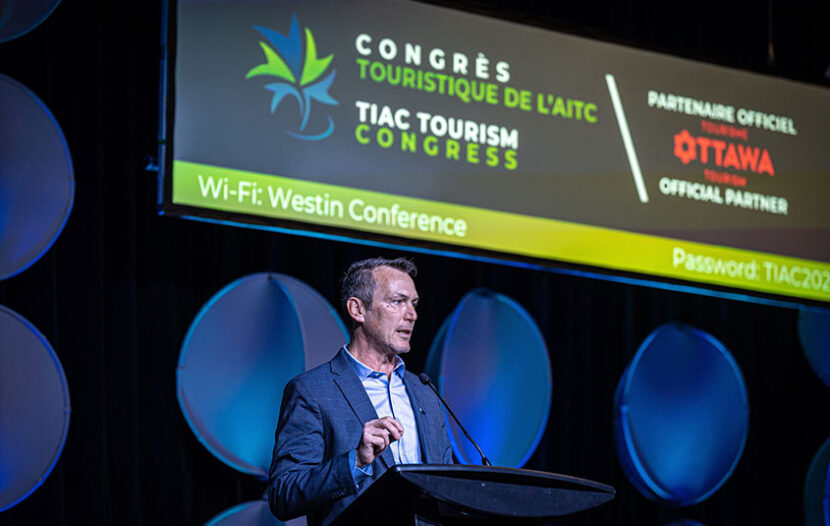VANCOUVER — Tourism spending in Canada is expected to recover sooner than previously anticipated, but as TIAC notes, there’s still a long way to go.
Destination Canada published its latest tourism outlook yesterday, which says it predicts tourism spending to recover to 2019 levels by 2024, up from 2025 as predicted last spring.
The government organization says that Canada’s domestic travel market spending is recovering at an even faster pace and is expected to reach 92% of 2019 levels in 2022 and fully recover in 2023.
It says the U.S. market is positioned to grow with spending reaching 91% of 2019 levels in 2023 and expects a full economic recovery by 2024.
Destination Canada chief executive Marsha Walden says international revenue will be slower to recover due to stalls from the global recession and pandemic restrictions and should reach 2019 spending levels by 2025.
According to the report, Canada’s tourism sector could generate more than $142 billion by 2030, a 35% growth over the course of the next decade.
“ROWING IN THE SAME DIRECTION”
Speaking at the organization’s annual Tourism Congress, a two-day event taking place this year at The Westin Ottawa Nov. 22 – 23, TIAC’s Vice President, Policy and Government Affairs Marc Seguin emphasized to an audience of over 400 delegates that the sector was still a very long way from a full recovery.
In a recent submission to the Minister of Tourism and Associate Minister of Finance, Randy Boissonnault, TIAC set sector goals to be achieved by 2030; which include total tourism spending in Canada at $134 billion, a total tourism labour workforce of 2.5 million workers, and 30 million total annual international overnight visitors, among other key goals.
“We know that there are four key areas where a host of policy actions are needed,” said Seguin, during his Leadership Report that kicked off the Congress’ first day. “TIAC and the member-businesses and organizations we represent are confident our proposed goals are achievable by 2030 if adequate financial resources are earmarked in support of the new (federal tourism growth) strategy… but to get us there, a number of other things need to happen.”
Specifically, Seguin emphasized that the government of Canada should focus redevelopment of the strategy to include policy changes in four key areas:
- Attracting and retaining a sustainable tourism workforce
- Improving access for visitors to and within Canada
- Developing and promoting tourism assets
- Building a regenerative and inclusive tourism industry
These “pillars of action” undergird the Association’s submission to the government to guide its redeveloped strategy; and in drafting it, Seguin said TIAC consulted extensively with its members, other industry leaders and organizations across Canada. “Our submission is a well thought out plan for how best to help us get to our sector goals by 2030,” he added.
Among other ideas proposed to recover the sector, Seguin recommended the creation of a Tourism Policy Council of Ministers, led by the Minister of Tourism himself. “The strategy’s success rests in all tourism partners rowing in the same direction and never losing sight of our destination,” said Seguin. “But all of the 24 federal departments and agencies now playing a role in tourism must place
(these) tourism goals as a top priority. We all need to embrace and reimagine Canada’s tourism industry.”
Congress continues today with educational sessions from industry leaders, as well as a fireside chat between Seguin and Minister Boissonnault.
With file from The Canadian Press

